Braiding Rugs
Nancy Bubel

Braiding Rugs
Nancy Bubel
CONTENTS
Why Braid Rugs?
Grandmother Stones big braided rug in the parlor was a true conversation piece.
Matriarch of a large family, she remembered the source of each strip of wool in the rug, the person who had worn the garment first, and the person who had worn it after it had been made over.
She could (and often did) recall exactly when the children had worn a garment (John wore that coat when he was in the second grade. It was that very cold winter, and he had the croup.) and some incidents of that period connected with person involved. Looking at the orderly handiwork in that rug was to her like leafing through a photograph album. Each piece of cloth had its story, some humorous, some sad, with the sadness softened by the years.
Braiding rugs is an ideal hobby for men and women. There are no expensive lessons on how to braid. It is good for idle moments, and even five or ten minutes can be productive time. You have an opportunity to show your artistic talents in combining colors in intriguing patterns. You have the deep satisfaction of making something valuable from what many would call worthless rags. Remember: Waste not, want not. All this and the most practical of results, a rug that is lasting and that will win words of admiration from your family and guests.
And, if you braid in some strips from garments with memories attached, you too will braid a rug that is much more than a rug to you. Let Nancy Bubel show you how in the following pages.

Braiding Rugs
The craft of rug braiding, like so many other good things, is rooted in necessity. Americans of an earlier day found that they could use what they hadin this case, rags of worn clothing, to create the rugs they needed for warmth in the drafty floors of their inefficiently heated homes.
Braided rugs have never really gone out of style (whatever that is!), but today there are more reasons than ever for using this time-honored craft to produce the rugs we need for our homes.
 Anyone can do it. Braiding and lacing, preceded by some cutting and sewing, are the only skills needed.
Anyone can do it. Braiding and lacing, preceded by some cutting and sewing, are the only skills needed.
 Recycling used goods into a new and useful form saves both our personal pocketbooks and the energy expenditure of the larger community.
Recycling used goods into a new and useful form saves both our personal pocketbooks and the energy expenditure of the larger community.
 The rugs fit well into any roomkitchen, bedroom, living room, den, dining room, hallwayeven stairway.
The rugs fit well into any roomkitchen, bedroom, living room, den, dining room, hallwayeven stairway.
 Easily cleaned and reversible, braided rugs are simple to mend or even to enlarge if necessary.
Easily cleaned and reversible, braided rugs are simple to mend or even to enlarge if necessary.
 While theres no denying that a braided rug takes time to complete, the work is easily done in snatches of time and the rug can even be used and admired as it grows. Since there is no elaborate frame or equipment to set up, rug braiding makes good pick-up work.
While theres no denying that a braided rug takes time to complete, the work is easily done in snatches of time and the rug can even be used and admired as it grows. Since there is no elaborate frame or equipment to set up, rug braiding makes good pick-up work.
 There will never be another rug quite like the one you create, from your own findings, for your own home.
There will never be another rug quite like the one you create, from your own findings, for your own home.
 As a cottage industry, producing braided rugs allows you to keep the homestead fires going, collect the eggs and weed the garden, while working on your craft at your own hours and your own pace. The rugs are in demand in many craft, antique, and specialty shops, in both cities and small towns.
As a cottage industry, producing braided rugs allows you to keep the homestead fires going, collect the eggs and weed the garden, while working on your craft at your own hours and your own pace. The rugs are in demand in many craft, antique, and specialty shops, in both cities and small towns.
The most important ingredient of a braided rugoutside of the care and craftsmanship that go into itis the recycled fabric from which its made. Youll want to use wool that has not been worn threadbare, of course, or your finished product wont be worth your time or (if you sell it) the buyers money. Woolen fabricor a blend of wool and acrylic or other man-made fiberis the best choice. Synthetics lack that springy, alive quality and cottonwhile attractiveis still to work with and quick to wear out.
Fabrics to Avoid
Plenty of woolen garments are discarded for reasons that have nothing to do with the amount of wear left in them, however. You can usually afford to be discriminating in your choice of fabric.
For example, you will want to avoid:
Open, coarsely woven fabric that is likely to ravel and show wear on the individual threads.
Threadbare fabrics (but if only elbows or knees are worn on an otherwise sound piece of clothing, you can cut out the weak spots and use the rest).
Garments with many seams: a many-gored skirt or highly styled jacket with many darts and short sections of fabric sewn together. This is a matter of individual preference, though; if the garment is free, the fabric is good, and you have plenty of time, you may not mind doing the extensive piecing that will be necessary to join many short lengths of wool together.
Hard-finish wool fabric from mens suitsalthough unsuitable for some purposes, it is useful for others. Such fabric wears well if the entire rug is made from the same thin, flat, nap-free wool. The range of colors available in mens suiting runs heavily to grey, brown, black and blue, so the resulting rug would have more texture than color interest. The one thing you should not do is to combine a flat, hard-finish wool fabric with softer napped fabrics in making a rug. The braid will be crooked and wear will be uneven.

The Best Garments
Many kinds of discarded clothing can be valuable braided rug ingredients old wool bathrobes (especially good because they yield nice long strips), out-of-style coats, torn slacks, moth-eaten blankets, a skirt that shrank or a wool dress that no longer fits. If you ask around a bit, especially at fall and spring cleaning times, youll probably find that friends and relatives have usable discards that will give you a good start for your rug.
After youve raided all available attics, you may want to build up your collection of rug wool further by shopping at rummage sales and thrift shopsalways good sources for used clothing at reasonable and often extremely low-prices. (Hint: try on some of your best finds. Perhaps youll want to wear them for a while before cutting them up!)
Many rug makers routinely wash clothing purchased at such sales. The easiest way to do this is to run a load of the wool garments through your washing machine. Hot water and rapid agitation usually cause some shrinkage, but that only serves to tighten the weave of the fabric and detracts in no way from its usability in the rug.
Try Dyeing
If you find white wool fabric, you may want to try dyeing it a color that is difficult to find otherwise, using either commercial dye or natural colorings such as black walnut shells or onion skins.
Strips and yardage of new wool fabric may be purchased, usually by the pound, at mill end stores and factory outlets. A rug made entirely of such new wool will be more expensive than one made of found materials and recycled clothing, but it will still be a good value, a creative satisfaction to make, and a design unlike any other. It is perfectly all right to mix new wool and used wool, as long as the weight and nap of the fabrics are reasonably well matched.


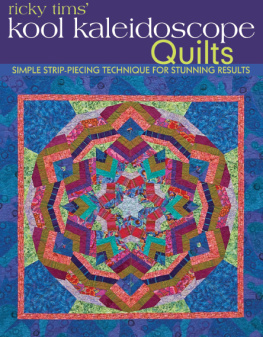
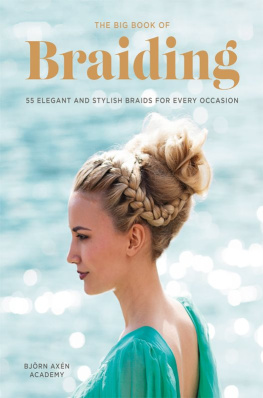
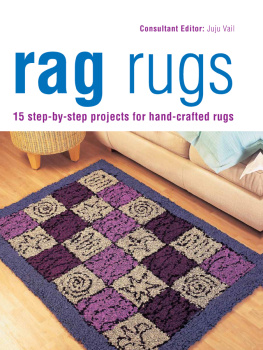

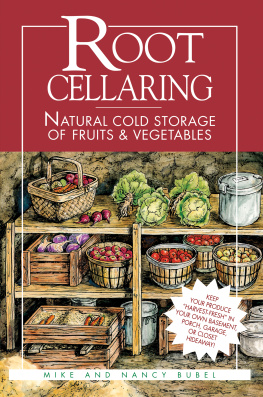

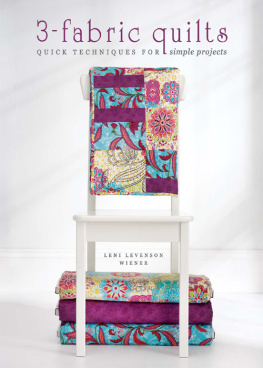


 Anyone can do it. Braiding and lacing, preceded by some cutting and sewing, are the only skills needed.
Anyone can do it. Braiding and lacing, preceded by some cutting and sewing, are the only skills needed.